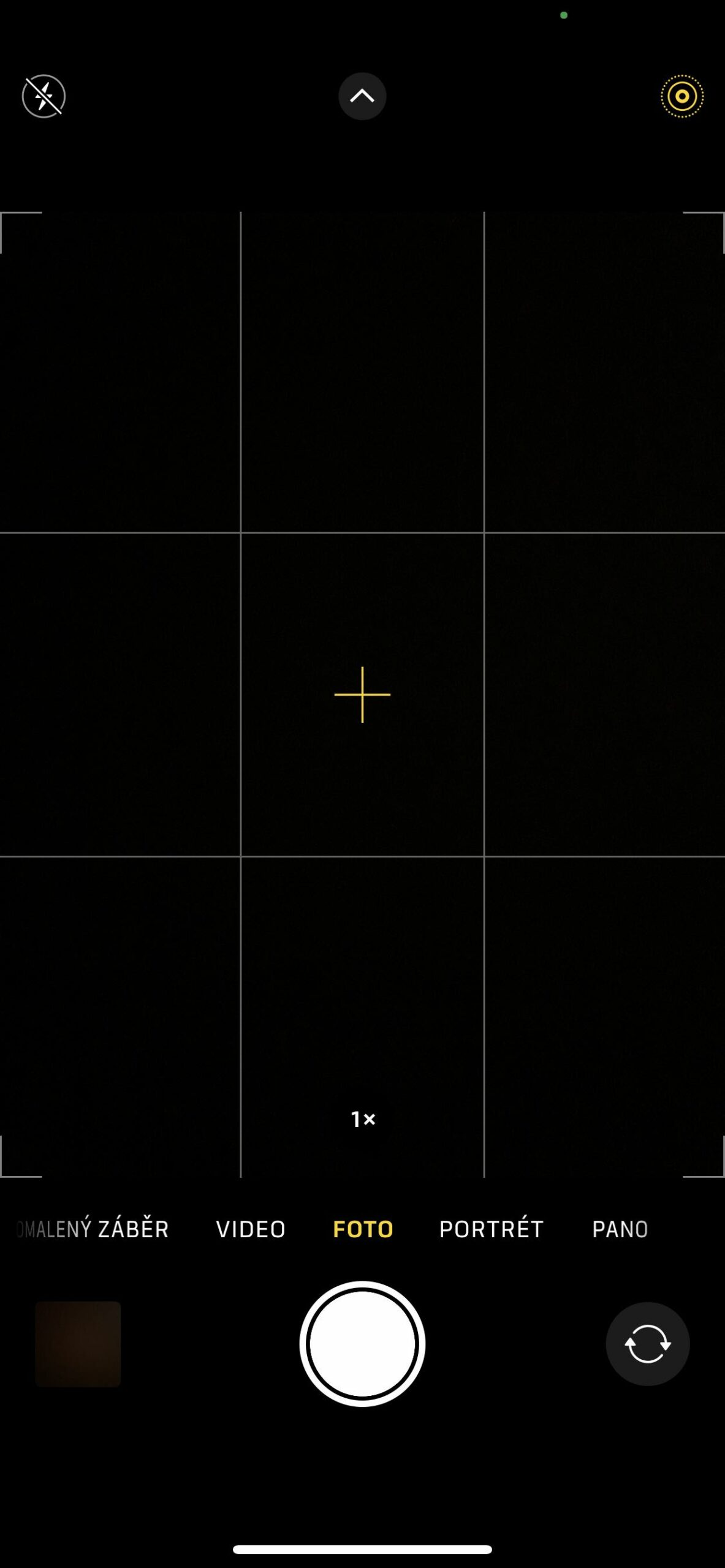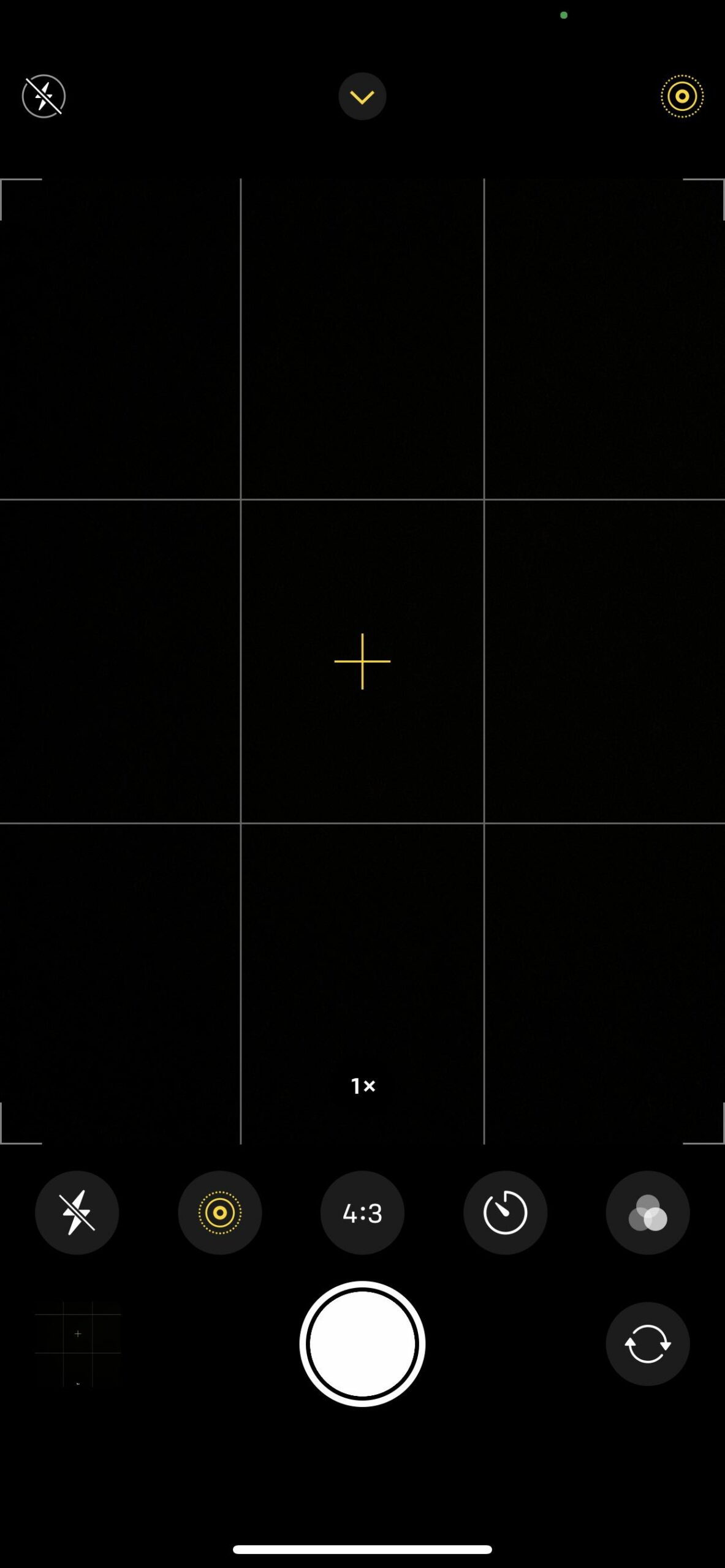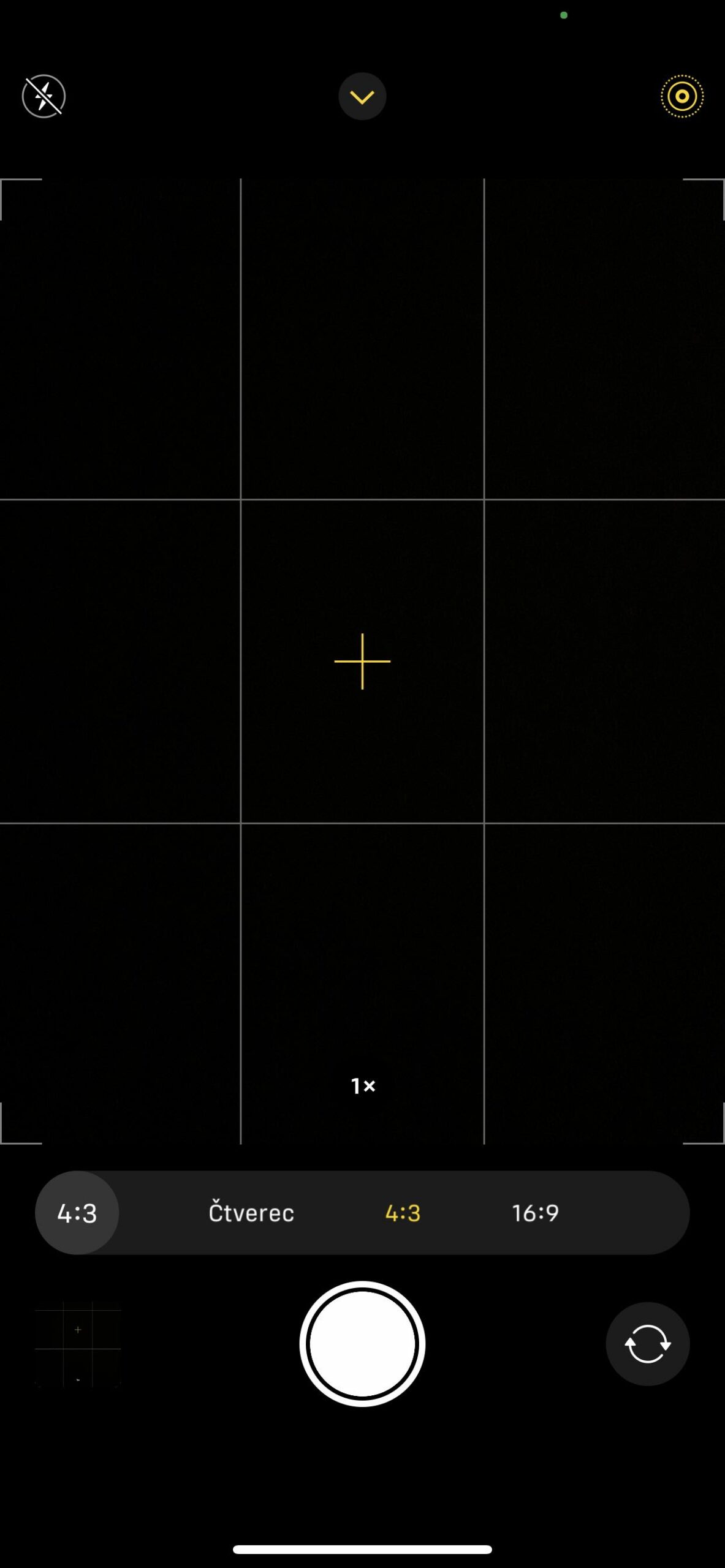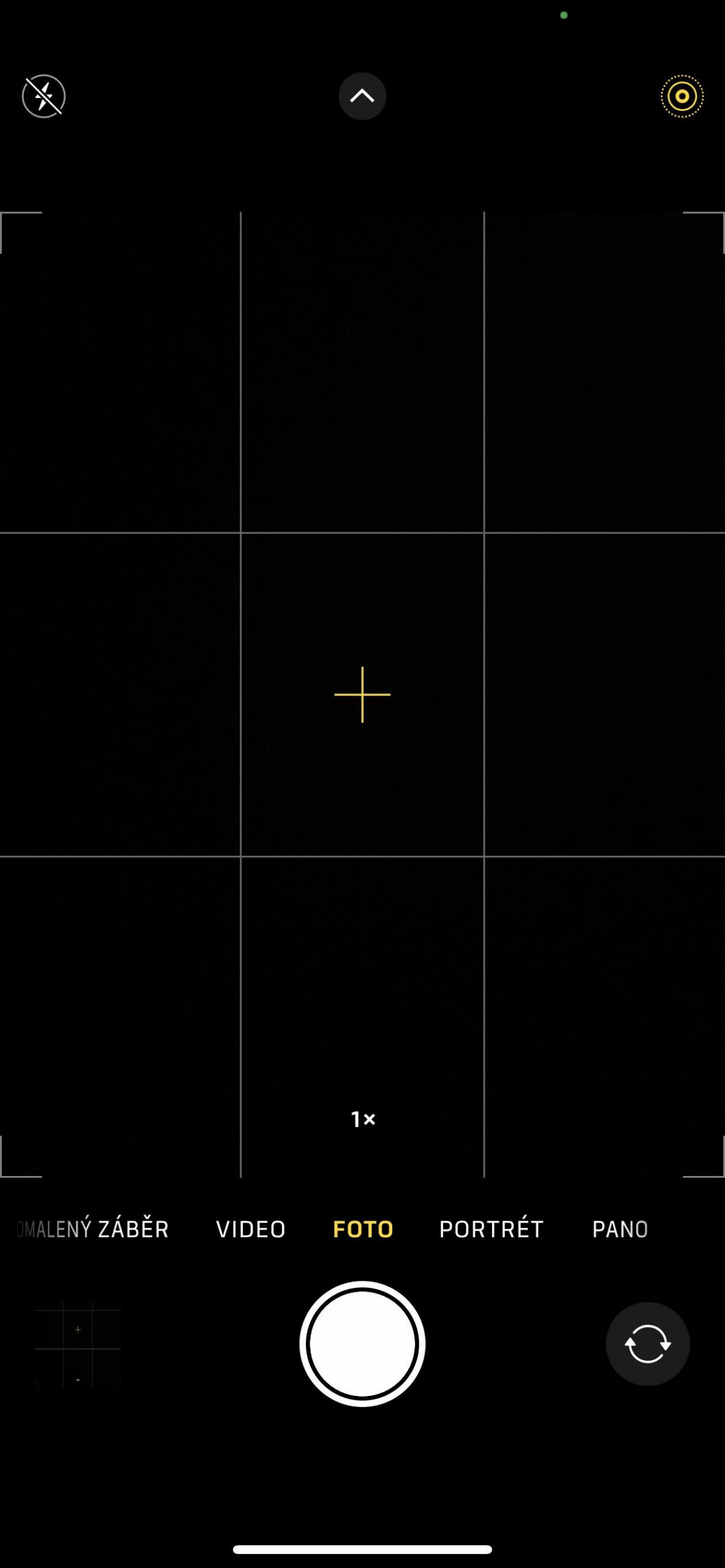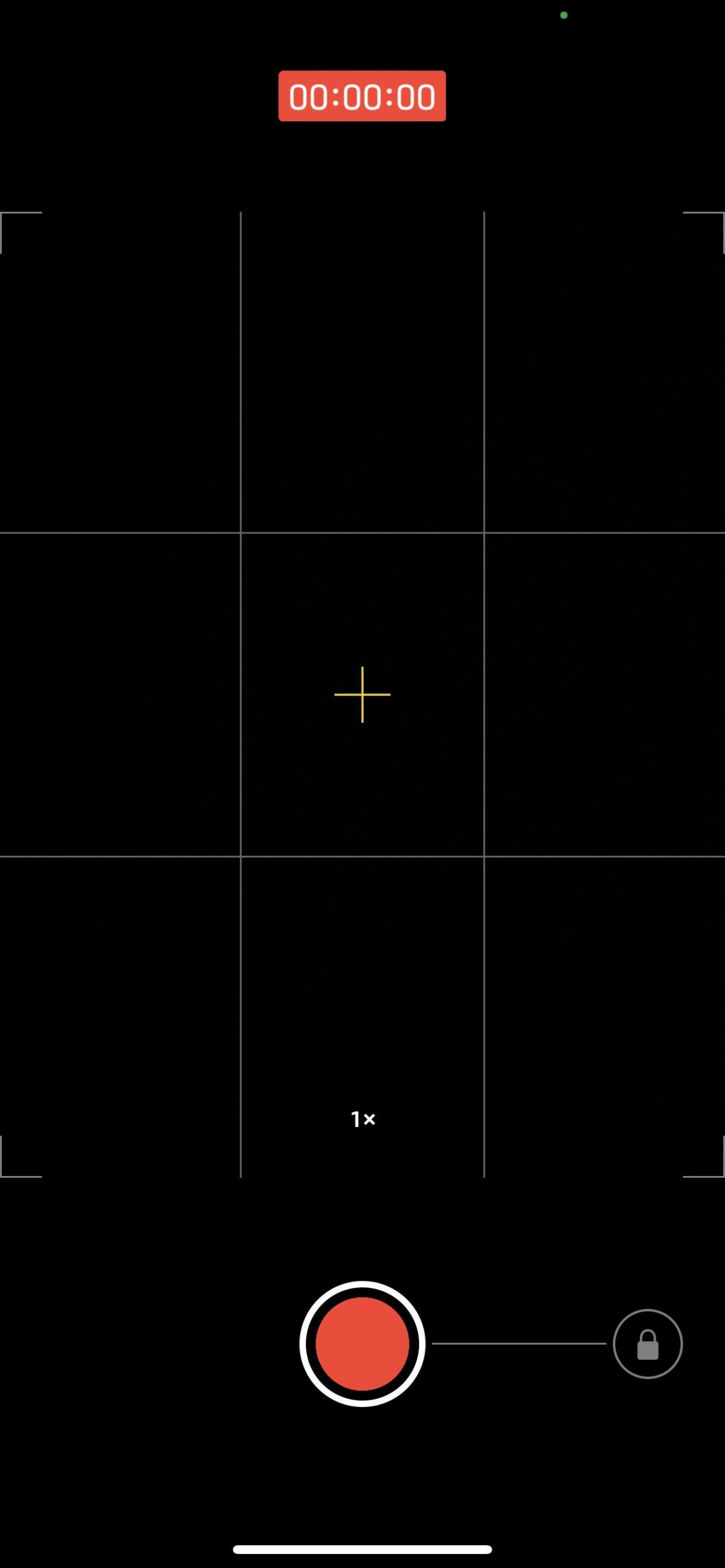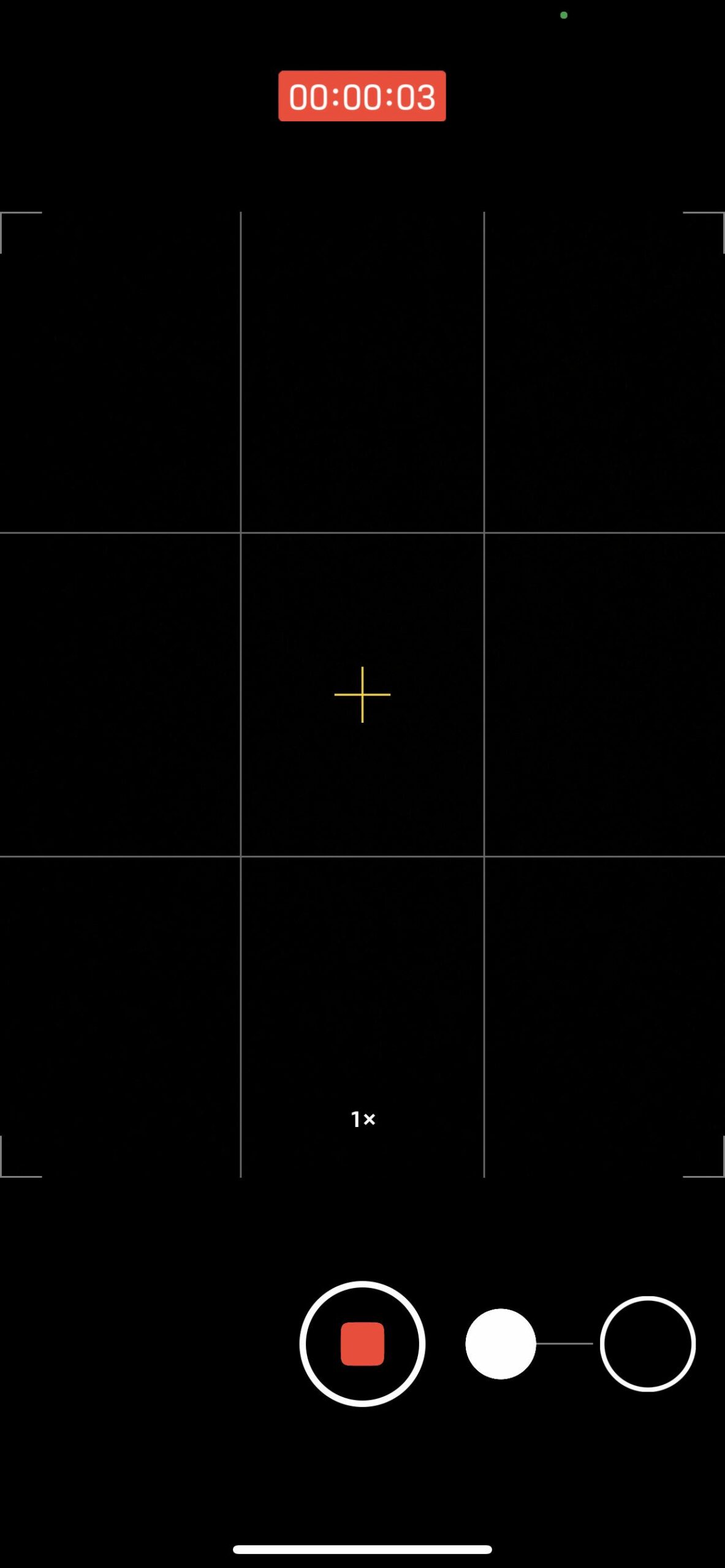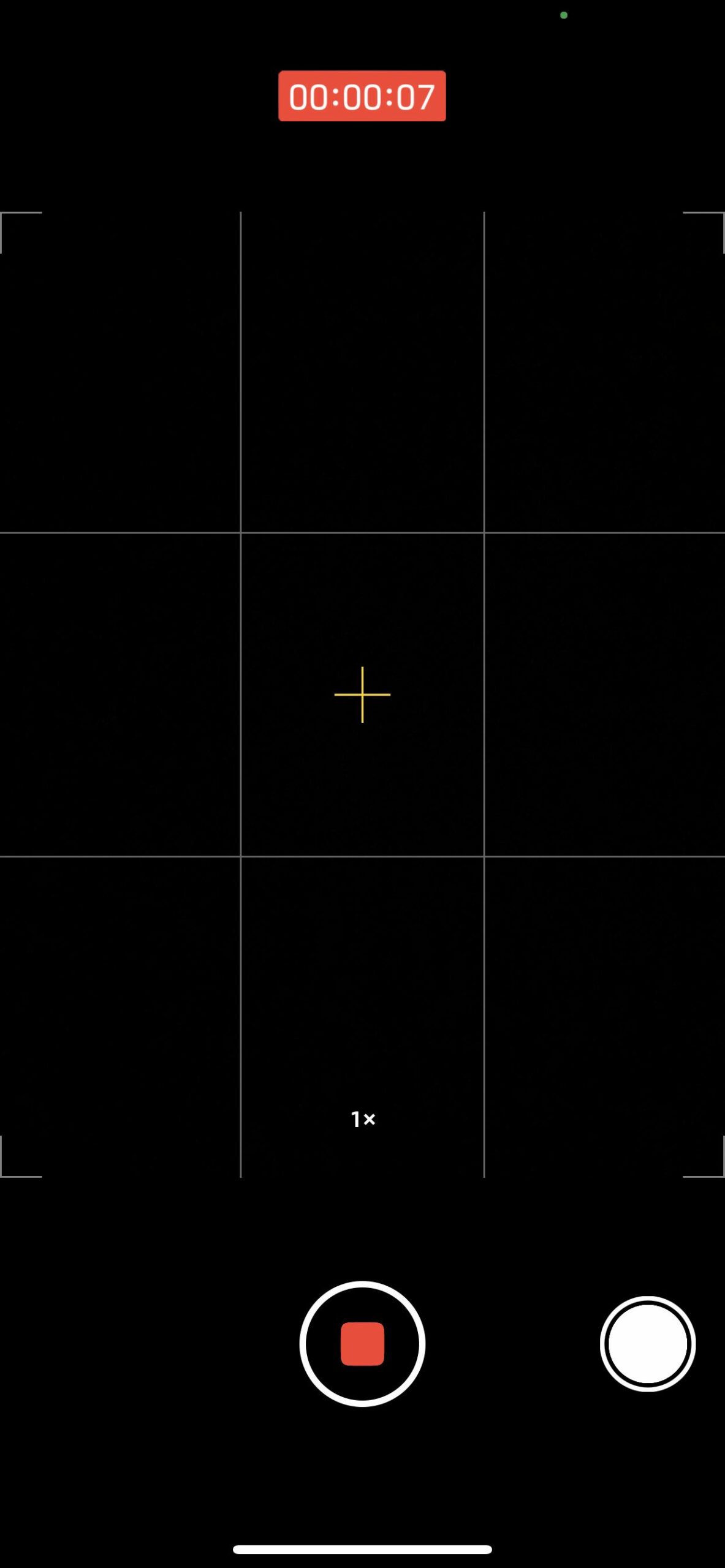The power of cell phones is that once you unbox them and fire up the camera app, you can immediately take photos with them. Just aim at the scene and press the shutter, anytime and (almost) anywhere. But the result will also look like that. So it takes some thought to make your images as pleasing as possible. And from that, here is our series Taking photos with an iPhone, in which we show you everything you need. Now we'll look at how to change the image format and how to use QuickTake and burst shooting.
Camera modes built into iPhone, iPad, and iPod touch help you capture the perfect photo or video every time. Different modes can be selected by swiping left or right on the camera screen. You can choose between photo, video, time lapse, and slow motion modes (you will learn how to use slow motion right away in the first part of the series), square, portrait (more in Part 5) and pano (you can read how to switch the scanning direction in the 4th volume).
It could be interest you
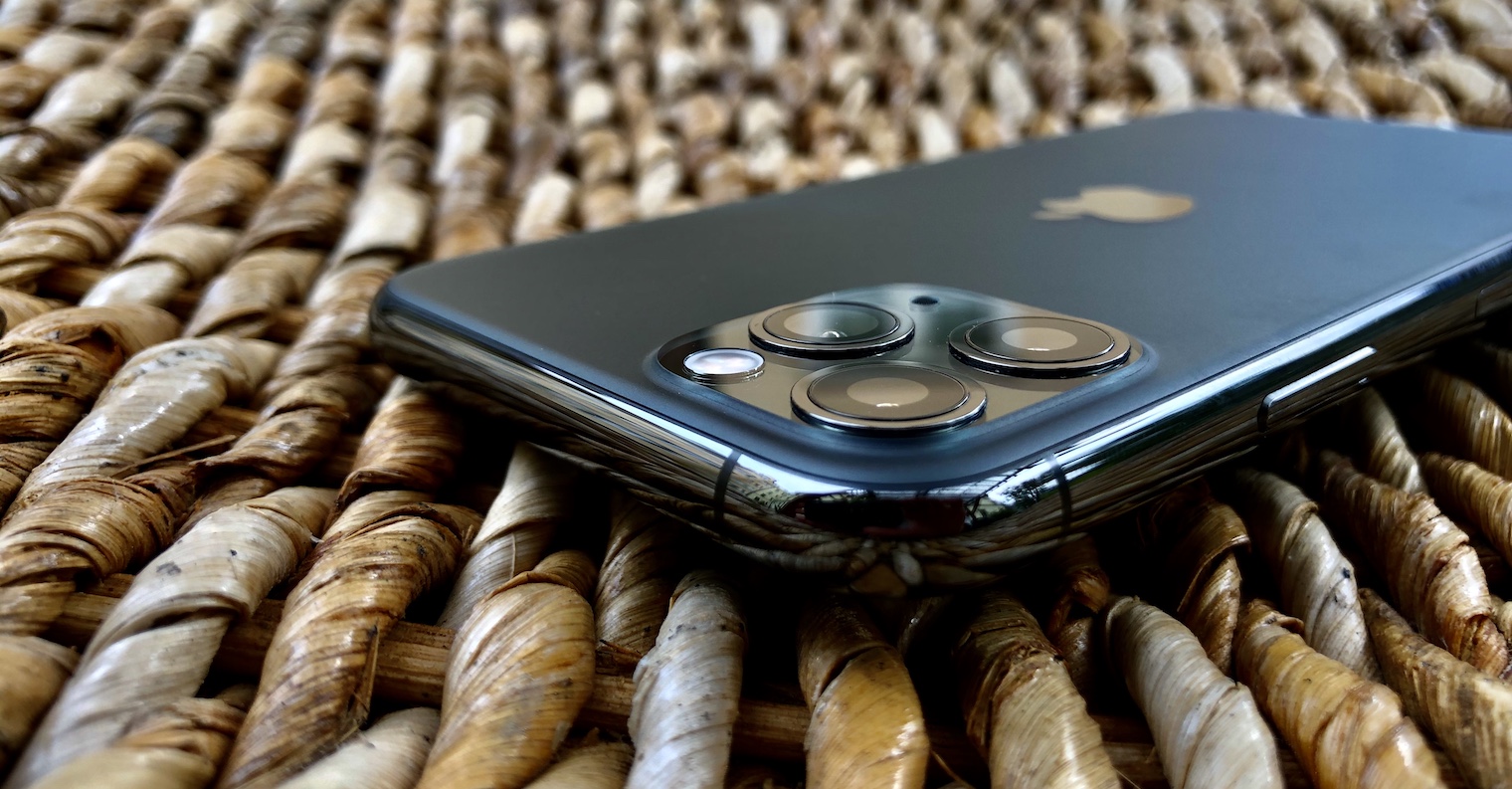
Photo formats
If you have an iPhone 12, 12 mini, 12 Pro, 12 Pro Max, iPhone SE (2nd generation), iPhone 11, or iPhone 11 Pro, tap the arrow for more options. This arrow only appears in Photo or Portrait mode. In the first case, here you will find a menu for determining the photo format, by default you should see the designation 4:3.
This shooting format uses the full potential of the chip, so all basic photography should take place in this aspect ratio, otherwise you are robbing yourself of pixels. The Square mode will limit the camera's frame to square images - although this is the optimal size for many social media applications, even in them you can conjure up a square from the classic aspect ratio very easily.
The image on the left is captured in 4:3 format and has a resolution of 4 by 032 pixels. The image in the middle is 3:024, i.e. 1 by 1 pixels. The image on the right is taken with an aspect ratio of 3:024 and has 3024 by 16 pixels. The photos are taken from an iPhone XS Max, but they have been scaled down for the purposes of the article.
The only advantage of the square is that you can quickly share photos taken in this way without the need for cropping, and that you can see in advance what will and will not be on the scene. But it is better to avoid the square, as well as the 16:9 format. He also just cuts the scene and you rob yourself of other information that could be in the photo. You can conjure up both formats from the 4:3 aspect ratio very easily, but you will never get 1:1 from 16:9 and 4:3 without cropping.
It could be interest you

QuickTake and sequential shooting
This feature is still relatively young, as it was introduced with iPhone 11. It allows you to record videos without switching from photo mode, saving time and making sure you don't miss a moment. QuickTake is available on iPhone XS, iPhone XR and later.
The way the controls work is that if you're in Photo mode and instead of pressing the shutter button, you hold it down to start recording video. But as soon as you remove your finger from the display, the recording is interrupted. However, if you want to record longer and without holding your finger on the display, all you have to do is move it to the lock symbol, which tells your device that you want to continue recording the video. Then just click the shutter button to end the recording.
You can also take photos while recording QuickTake video. All you have to do is always tap on the moved trigger symbol. In iOS 14, you can also take a QuickTake video by holding down one of the volume buttons. If you have Volume Up sequence shooting enabled, you can take a QuickTake video by pressing Volume Down.
If you want to take a sequence of photos, move the shutter button to the left instead of right for QuickTake and hold it there. You can also end the sequence here by releasing the button. However, in iOS 14, you can take a burst of photos by pressing the volume up button. Just go to Settings -> Camera and turn on the option Apply volume boost for sequence. You can read more about the setup in our first part.
Note: The interface of the Camera app may differ slightly depending on the iPhone model and iOS version you are using.
 Adam Kos
Adam Kos 